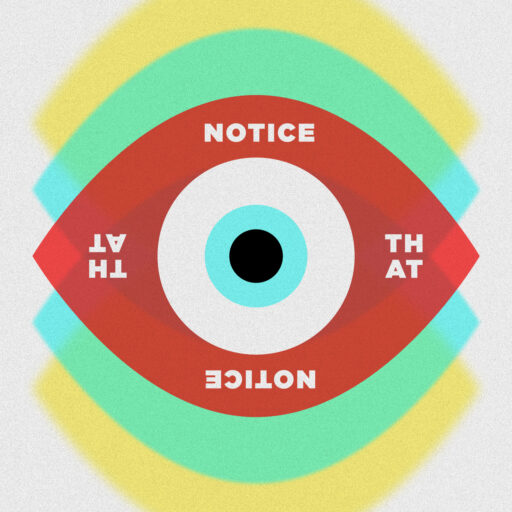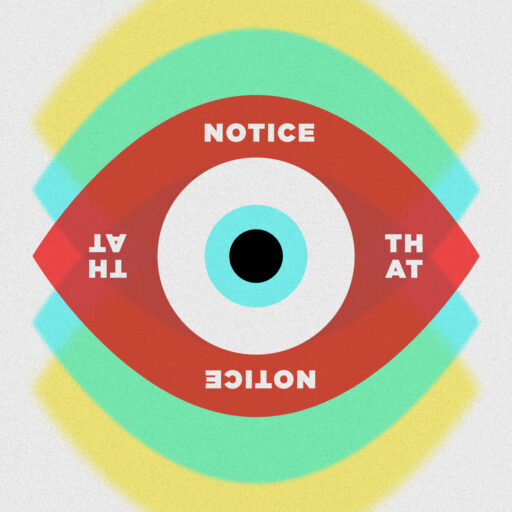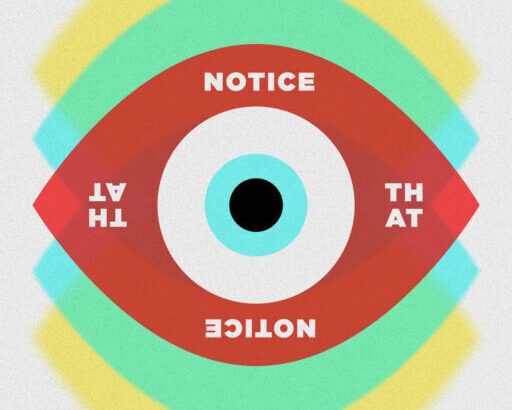Somatic Integration and Processing (Repost)

(Repost) The hosts discuss their case conceptualization model, Somatic Integration and Processing. *21 NBCC hours available upon completion of the training!
What’s Somatic Integration and Processing (SIP)?
- A case conceptualization model that seeks to inform the how, why, and way a therapist interacts with clients.
- Uniquely, SIP calls attention to the intersubjective space between therapist and client.
- When two or more humans come together they create a unique third, this is the intersubjective space.
- Notably, this space is in every situation, including therapy.
- While traditional graduate training refers to this space as “transference” or “countertransference” that needs to be avoided,
- SIP argues that it’s impossible to avoid entirely and in attempting to do so we lose out on information.
What Somatic Integration and Processing (SIP) isn’t
- A therapy modality,
- Nor a history collection method,
- and it’s not just treatment planning.
What Somatic Integration and Processing (SIP) has to offer
- One, case conceptualization in a way that guides how to gather and organize information in a way that makes meaning of it.
- Two, guidance about what information matters and highlight barriers
- Three, a framework for prioritizing and setting up the session to uncover more information.
- Four, real support and community for healers
- Additionally, SIP is applicable to therapists, educators, parents – literally any human who interacts with other humans.
The Venn Diagram of Somatic Integration and Processing (SIP)
- Adaptive Information Processing (13:00)
- Polyvagal Theory (13:14)
- Attachment and Neurodevelopment (14:00)
- Maslow’s Hierarchy of Needs (37:18)
- You don’t need a full presentation of any of the theories
- Instead, pay attention to what emerges when these theories come together
- Melissa’s case example & example of the flow of a SIP-focused consultation (17:20).
“If you’re going to start inviting that person to change, you need to have an awareness of how they got there in the first place. That’s deeper than just AIP memories, deeper than PVT shaping the nervous system, and deeper than attachment experiences. It’s all three” (14:54).
3-Day SIP 1 training
- 21 NBCC hours
- Provide consultation afterward
- All slides and handouts are available after the training online
- Structure of three days (44:52)
Resource Links
- Visit our website for all things BHC
- Give your support and gain access to exclusive content through Patreon
- Contact us about retreats and therapy
- Contact us about training and consultation
Need more content?
- First, listen to our past episodes of NT here
- Then, check out more Beyond Healing podcasts
- Evidence Based Therapist – where we read so you don’t have to!
- Beyond Trauma – geared towards clients
- Burnt Out Educator (coming soon!)





